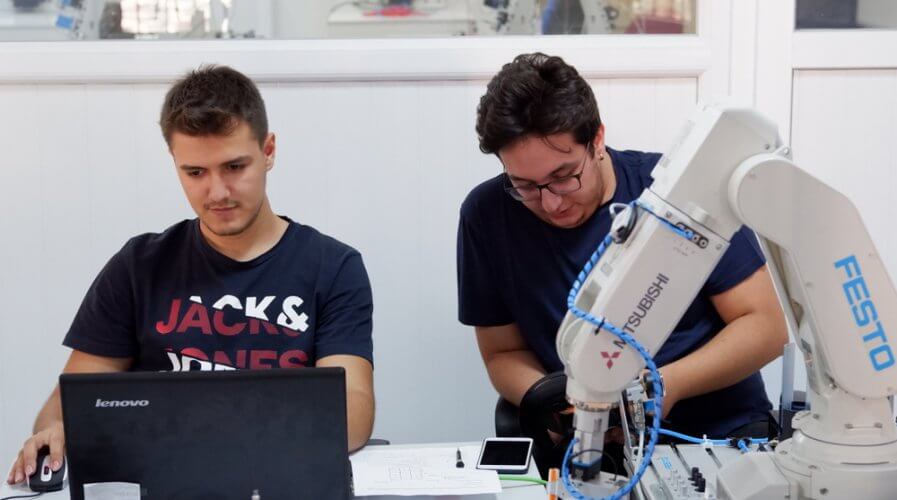
Utilizing RPA to leverage IoT. Source: Shutterstock
Why RPA is the missing link between IoT and digital analytics
EVERY business is keen on exploring the internet of things (IoT) — especially because implementing isn’t very challenging.
However, in order to get the most out of the system from a data analytics point of view, IoT needs to feed into a data platform. Doing so helps make sense of the bits and bytes that sensors in an IoT ecosystem collect, which are otherwise meaningless to the organization’s data analysis tools.
Using RPA, however, organizations can tap into the data IoT ecosystems generate.
RPA, the technology which most businesses currently use to stitch together legacy infrastructure and automate basic administrative workflows, helps pick data from the sensors and send it to the right systems in the organization.
Doing so enables the systems already in use in an organization to fetch data from sensors in an IoT ecosystem, and create intelligent insights, in real-time.
Here are some examples for organizations looking for ideas on how RPA can help take their IoT systems to the next level
# 1 | Inventory management
When goods arrive at a warehouse, IoT-powered sensors can help track the movement of goods. This data, although captured via IoT and useful to the warehouse for a variety of purposes, can also be helpful to the organization’s ERP tool.
Using RPA, this captured data is fed to the EPR tool to ensure goods is managed more efficiently at the corporate level.
# 2 | Supply chain management
When a factory has converted raw materials to finished good, IoT sensors can track the assets intelligently, and RPA can be used to keep the ERP and CRM posted on inventory in real-time.
This information can be used by salespeople to support their data analytics needs and help them make more informed commitments to clients.
# 3 | Equipment management
When any machinery in the factory faces an error, the IoT sensors will alert the employees about it for them to provide a solution.
The RPA solution can then send the information about the recovery process to the correct division for them asses.
From the looks of it, RPA helps integrate different technologies which is an otherwise challenging task.
Overall, RPA is one of the building blocks of digital transformation and organizations are rapidly adopting the technology to harness the potential of new-age systems and solutions that don’t interact with legacy systems.
Businesses that invest in it early on will be able to use it to stitch together their digital fabric more quickly than others who continue to struggle with disparate systems in the digital world.
READ MORE
- Ethical AI: The renewed importance of safeguarding data and customer privacy in Generative AI applications
- How Japan balances AI-driven opportunities with cybersecurity needs
- Deploying SASE: Benchmarking your approach
- Insurance everywhere all at once: the digital transformation of the APAC insurance industry
- Google parent Alphabet eyes HubSpot: A potential acquisition shaping the future of CRM


